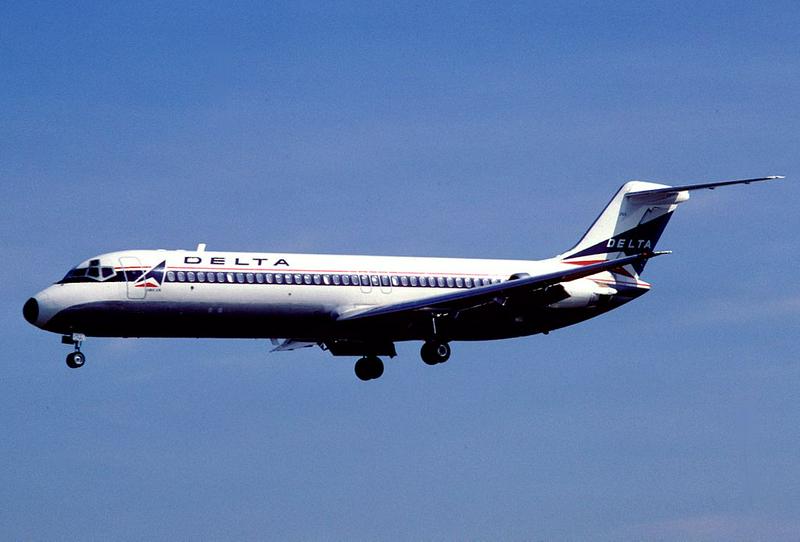The Crash of Delta Airlines Flight 723
By | July 28, 2021

On July 31, 1973, Delta Flight 723 left Burlington, Vermont on a scheduled domestic passenger flight to Logan International Airport in Boston. The plane, a Douglas twin-engine DC-9 jetliner, had an intermediate stop in Manchester, New Hampshire, where it picked up passengers stranded there when their flight to New York was canceled due to thick fog. After leaving Manchester, it began its flight to Logan. Although it was behind its scheduled arrival time, the pilots were planning to land at Logan. It began its descent into Logan at 11:08 a.m., using an instrument landing system (ILS) approach. As it descended through low clouds and fog, it went below the glide path and crashed when it struck a seawall. At the time of the crash, the weather was partial obscuration and fog. It had a ceiling of 400 feet and half-mile visibility. Winds were light.
Captain John Streil was the flight captain; the highly experienced captain was assisted by First Officer Sidney Burrill, who was also an experienced airman. There was also a third pilot in the cockpit, Joseph Burrell, who was in training at the time.

The Descent
At 3,000 feet, the airplane had been vectored to intercept the final approach course at a 45-degree angle at about 2.3 miles outside the outer marker, but the flight had not been cleared for the approach, as the controller was in the process of contending with a potential collision between two other aircraft; two planes had both indicated that they did not want to land because of the dense fog. The crew did ask for approach clearance, but by that point, which was more than a minute after they had the intercept vector, they were almost over the outer marker. The flight crew was unable to stabilize the plane’s descent rate and airspeed and went below the glidescope. The plane hit the seawall 165 feet to the right of the extended runway centerline, knocking a hole in the seawall.

The Findings Of The Investigation
According to airport officials, the plane was 3500 feet short of the runway. Jack Halloran, a Massport Information officer explained that the plane should have been 200 feet higher as they reached the seawall. After hitting the seawall, it was destroyed and skidded a few hundred feet, and only a ten-foot piece of the fuselage remained intact. Although the aircraft was destroyed in the crash, the cockpit voice recorder and the flight data recorder were recovered. After the NTSB investigation was complete, they determined that the crew did not operate the flight director properly. The flight crew had inadvertently switched the director to a “go around” mode in the final approach, so the flight director system presented questionable information; this led to confusion and contributed to the unstabilized approach and the deviation from the glide path. The crew also made no altitude callouts during the final approach according to the recordings from the cockpit voice recorder. In addition, the investigation noted the “rapidly changing meteorological conditions” and noted that “the poor positioning of the flight for the approach was in part the result of nonstandard air traffic control services.”

The Final Passenger Survived For Months
The crash killed 87 people upon impact. Of the two passengers who miraculously survived, one died two hours after the crash. The second, Leopold Chouinard, had sustained third-degree burns over 85 percent of his body and succumbed to his burn injuries on December 11, 1973. However, Chouinard was not counted among the casualties of the flight because rules at the time stated that victims of a plane crash had to die within seven days of the accident.
